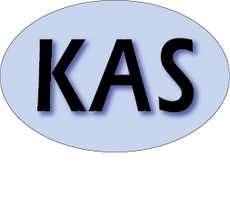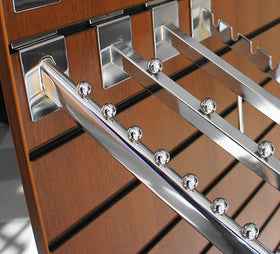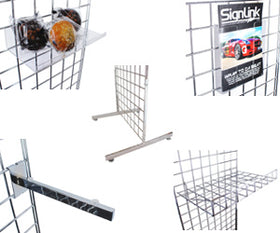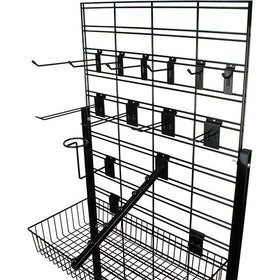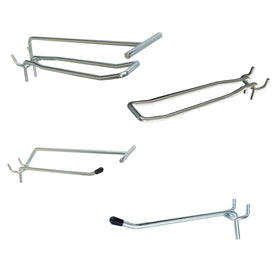WhatsApp Msg: 07354 848031
How to Generate in-store Customer Sales
Retailers are continually striving to generate more in-store customer sales. You can have the best products in the world - but if they're not being marketed properly, it's losing you money in missed sales opportunities.
There are numerous ways a store can generate more sales: most importantly, you need to understand customer purchasing behaviour. You can help boost sales by carrying out customer research and understanding why they behave in certain ways.

© Akhenaton Images / Shutterstock.com
Good communication
Use language that your customers will understand. A customer won't buy a product after simply seeing a list of its features - they need to understand the benefits of those features. Don't leave them to try to figure out the benefits on their own. Communicate and explain why each product is a great buy.
An example of the wrong way to promote a product is by saying, "This car has a reinforced safety roof," as this is merely describing a feature. Instead, say, "This car keeps your family safe," as this tells the customer, in plain language, a benefit that they can relate to.
Also, avoid using jargon - nothing puts a customer off more than using complicated technical terminology, or tired business cliches. If you're selling a mobile device, for example, don't think the blurb on the box means anything to the average customer. If you describe the "implementation of 80210 protocols", this is going to mean absolutely nothing! Instead, the simple words, "You can connect virtually anywhere," describe an obvious benefit and selling point.
Most customers don't want a sales assistant to talk to them for hours, as they will hold only two or three thoughts in their mind, so a long list of benefits will just cause confusion. Keep your sales pitch short and sweet!
Product displays
Stores can improve sales by the way they display their products. There are a few simple tricks to make your displays instantly appealing, such as varying the visual elements, adding height, colour and depth where possible.
Give each display a focal point, so customers can see clearly which items to look at. Don't have displays that are too busy, as they can be distracting and will look chaotic, rather than appealing.
If possible, have an interactive display, so customers can see the products in action. Let shoppers try them out, or have a display that shows them being used.
Point of sale displays
The correct use of products around the till can increase impulse buys at the checkout. Usually, point of sale products are small items. In days gone by, these would include chocolate bars and other confectionery at the supermarket checkout. Today, healthier products, such as fruit and nut snacks, or protein bars, have taken their place, reflecting society's fight against obesity and unhealthy snacking.
As customers approach the checkout, new stock, or promotional items, can often be seen on the display stands. For example, in the run-up to Christmas, seasonal items such as toiletry gift sets, special boxes of chocolates, or new alcoholic beverages are displayed on promotional stands, to grab people's attention. These are a "taster" for the main displays of the products in-store.
Discounts
Running promotions with discounts is one of the most popular and effective ways of driving retail sales. A study by the retail research site, Software Advice, revealed discounting was the top pricing strategy for retailers in every sector. The strategy was used by 97% of the shopkeepers who responded.
Although a popular tool to generate sales, cutting prices must be done carefully. While it attracts shoppers, don't discount your stock too much, or it can kill profits and entice customers who will buy only when you cut your prices. The key is to strike a fine balance between your discounted and full-price stock. The discounts should draw customers in and encourage them to make a purchase, while also introducing them to your full-price stock.
Weekly product promotions
Another tip is to have weekly promotions, with a different product on offer every time. Consider which type of offers are best for your brand - some stores have customer loyalty-type offers, while others have weekly sales. Weekly discounts are traditional sales used to drive conversions. The strategy can be used at the end of the month to increase revenue to meet your goals, especially if it has gone quiet.
Seasonal deals
Holiday and seasonal deals can be a great way of generating sales. While Black Friday and Cyber Monday attracts most shoppers, along with Christmas, there are events on the calendar all year round that can be utilised to boost sales.
The obvious ones are Mother's Day, Father's Day, Easter and Bank Holidays, but there are also other seasonal events, such as the first day of spring, or the start of the school holidays, that offer an opportunity to share timely discounts and offers with customers.
Another obvious factor is keeping your store well-staffed with enthusiastic and knowledgeable sales assistants. Also, make sure you have enough checkouts open at busy periods. Nothing is more off-putting for customers than needing assistance, but not being able to find a member of staff, or seeing massive queues at the checkout.
Give your store a boost by having a welcoming interior, with high-quality shop fittings that display your wares in the best way possible. Contact KAS Shopfittings on 01793 754230 for details of our affordable range of shop fittings.
